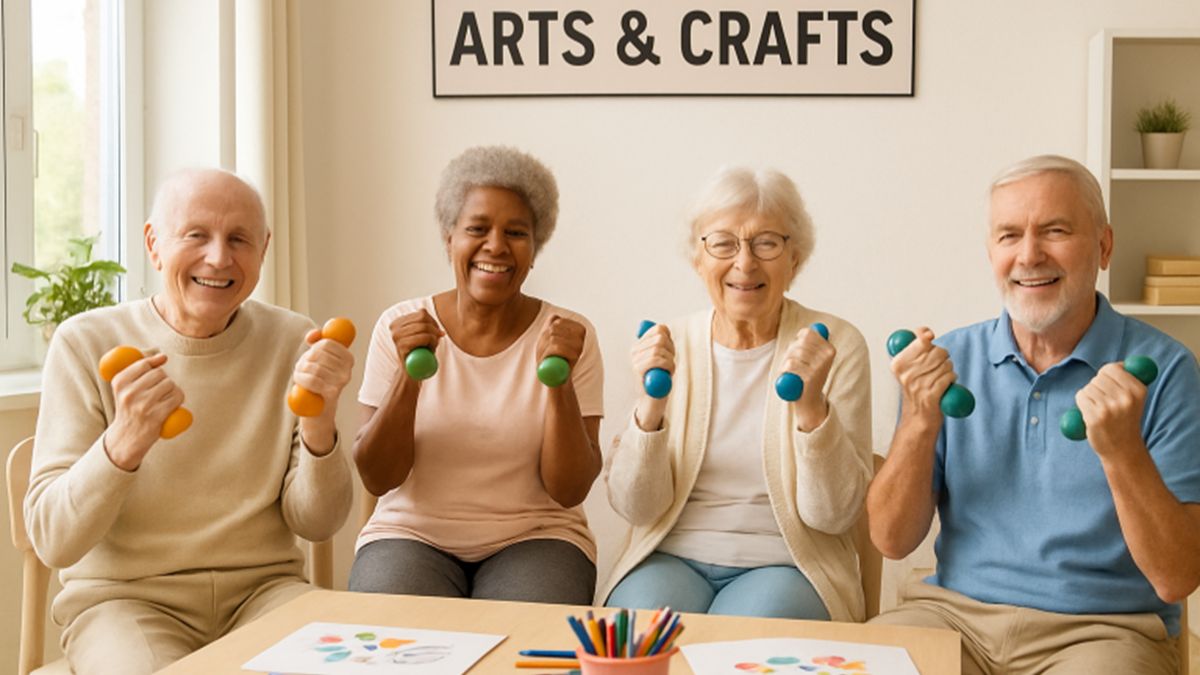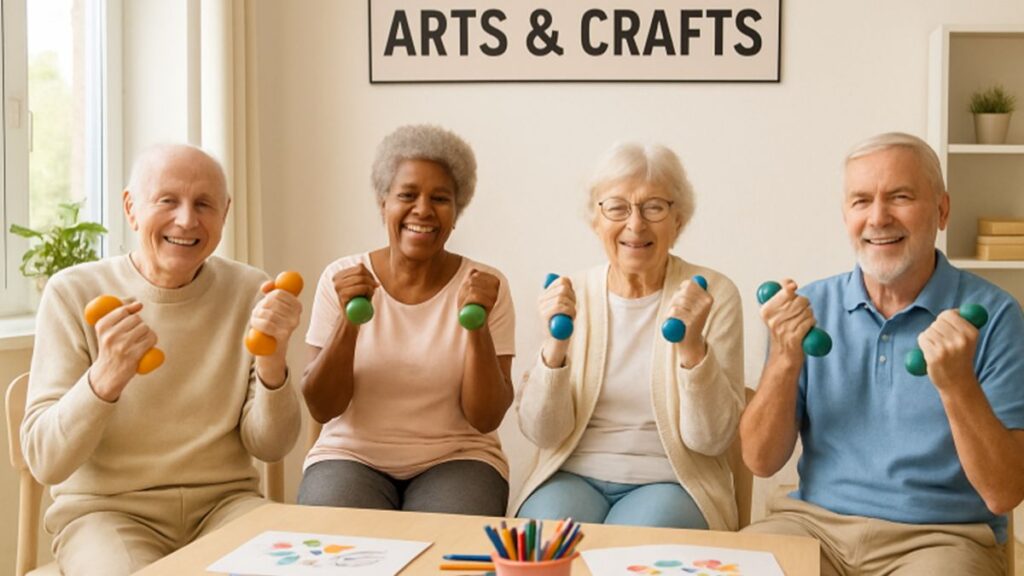Creative Ways to Foster Social Connection in Senior Living Communities
Strong social connections form the foundation of a vibrant and supportive senior living environment. As we age, meaningful relationships and consistent engagement contribute immensely to our mental, emotional, and physical well-being. Modern senior living communities, such as The Chelsea at Washington Township, are increasingly focused on providing innovative activities and amenities that help residents form these important bonds. From artistic pursuits to technology integration, fostering connection is integral to enhancing every resident’s quality of life.
Opportunities for creative exploration, collective celebration, and collaborative activities encourage a true sense of community. Socially connected seniors are less likely to feel isolated, enjoy greater satisfaction in their daily lives, and tend to have better overall health. This guide highlights several proven and inventive strategies for promoting social interaction in senior living, whether by joining a shared project, embracing cultural traditions, or leveraging digital tools.
Key Takeaways
- Creative workshops, such as arts and crafts, bring residents together through shared creative pursuits.
- Group fitness and movement classes help seniors exercise while forging friendships.
- Community celebrations of culture and tradition foster inclusivity and shared joy.
- Technology supports ongoing engagement and connects seniors with distant loved ones.
- Communal spaces, when designed with intention, become natural gathering places.
Arts and Crafts Workshops
Creative workshops are a cornerstone of connection in many senior living communities. Engaging in visual arts like painting or pottery, or practical crafts such as knitting or woodworking, enables residents to express themselves while participating in a shared experience. These sessions give seniors opportunities to teach, learn, and collaborate, stimulating cognitive function and promoting emotional health. Group projects may result in lasting friendships — or at the very least, great conversation starters. Research has shown that engaging in creative pursuits can help reduce feelings of depression and anxiety in older adults, while also supporting memory and cognitive flexibility (Psychology Today).
Group Exercise Classes
Fitness classes tailored for seniors, such as chair yoga, aerobics, or tai chi, offer dual benefits: improved physical health and ongoing social interaction. By attending regular group classes, residents develop routines that encourage accountability and foster consistent social touchpoints. Pre-class greetings and post-workout cool-downs become natural opportunities for conversation. The camaraderie cultivated in these gatherings often leads to friendships that continue outside the gym. Group exercise is consistently linked to better mobility and mood among older adults (National Institutes of Health).
Cultural Events and Celebrations
Diversity enriches every community. Hosting cultural evenings, music and dance performances, seasonal festivals, and traditional food tastings invites residents to share their heritage and learn about others. These shared experiences foster respect, increase a sense of belonging, and help cultivate an atmosphere of celebration and acceptance. Residents may even collaborate on decorations, food preparation, or performances, amplifying the spirit of togetherness and discovery within the community.

Technology Integration
Bridging communication gaps is easier than ever thanks to accessible technology. Many senior communities now offer digital workshops to familiarize residents with smartphones, tablets, and video conferencing platforms — tools that help keep them connected with family and friends who live far away. Interactive online games, virtual book clubs, and digital announcement boards ensure that even less mobile residents can stay fully engaged with community life. According to AARP, more than 70% of Americans aged 50 and older now use smartphones, showing a significant shift in digital comfort (AARP).
Designing Communal Spaces
A supportive physical environment can have a remarkable effect on social interaction. By designing comfortable gathering areas with accessible seating, arranging round tables in dining rooms, and offering multi-purpose rooms adaptable for groups both large and small, senior living communities foster organic conversation and collaborative activities. Natural light, inviting décor, and accessible layouts encourage both planned and spontaneous meetups, reinforcing a vibrant communal atmosphere.
Intergenerational Programs
Seniors have a wealth of life experience to share, and connecting them with younger generations benefits everyone involved. Intergenerational initiatives, such as mentorship programs, collaborative arts, or storytelling sessions, allow seniors to impart wisdom while remaining actively engaged. Meanwhile, younger generations offer fresh perspectives and technology support. These programs have been shown to increase happiness, reduce loneliness, and build mutual respect across age groups.
Pet Therapy Sessions
Few things break the ice faster than a friendly visiting animal. Pet therapy programs are popular in senior living, bringing in trained therapy dogs, cats, or even rabbits to engage residents. Organized pet meet-and-greets or animal-assisted activities help reduce stress, decrease loneliness, and prompt residents to share stories about their own pets — sparking conversations that can blossom into new friendships. The therapeutic impact of animal companionship continues to be supported by research (Harvard Health Publishing).
Volunteer Opportunities
Seniors often seek meaningful ways to contribute to their communities. Organizing volunteer initiatives, such as care package assemblies, blanket drives for local shelters, or creating greeting cards for hospitalized children, allows residents to work together with shared purpose. These altruistic activities build camaraderie while reinforcing a sense of accomplishment and belonging. Volunteering not only supports the greater good but also fosters deep and lasting social ties within the senior community.
Fostering strong social connections in senior living is a multifaceted effort that requires creativity, intention, and flexibility. Through these innovative programs and thoughtful designs, senior communities can help residents stay socially engaged, mentally sharp, and emotionally fulfilled—ultimately leading to richer, more vibrant golden years.







